Author: Lynda Benigno
According to the American Psychological Association, one in eleven will suffer from PTSD in their lifetime. During the Civil War and again during World War 1 the term " shell shock" was used to describe PTSD. In 1980 PTSD was officially recognized by the American Psychiatric Association. Post traumatic Stress Disorder is caused by a life-threatening traumatic event with the most common example being war. Other traumatic incidents such as sexual assault, car accidents, shootings, natural disasters, and domestic violence have the potential to cause PTSD.
Three brain regions play a role in PTSD. The amygdala evaluates stress. Smells, sights, and sounds of memories are stored in this region, and when a similar situation arises, the amygdala sends a signal to engage in fight or flight. The hippo campus is responsible for storing and retrieving memories. The prefrontal cortex, located behind the forehead, is responsible for rational thought, making decisions, and emotional response.
When a life-threatening trauma occurs, your brain can get stuck in danger mode. The hippo campus works hard to calm the amygdala, if the hippo campus is unsuccessful, it results in damage. The amygdala becomes overactive and lessens the brains' ability to produce calming thoughts. The prefrontal cortex becomes under active, interrupting rational thought, and proper emotional response. The nerve circuits that connect these three areas of the brain cease to operate correctly, creating a perfect storm.
Not everyone experiences symptoms of PTSD immediately following a life-threatening trauma. Sometimes symptoms don't appear for months or years. PTSD causes the person to re-experience the trauma over and over again. This may present as nightmares, flashbacks, or reoccurring thoughts about the trauma as well as agitation, fear, severe anxiety, guilt, loss of interest in pleasurable activities, social isolation,and insomnia. Chronic pain that is not the result of physical injury during the trauma is caused by the body being under a constant state of stress and hyper vigilance. Hyper vigilance causes a person to continually scan his or her environment for potential threats and remain on high alert at all times. Conversations that have anything to do with the trauma may be refused. People, places, or things that are associated with the trauma may also be avoided.
Psychotherapy is the most effective treatment for PTSD. There are many avenues of psychotherapy that can be used to lessen symptoms and eventually heal from the trauma that was experienced. Cognitive restructuring can help a PTSD sufferer get a realistic perspective on the traumatic event leading to a reduction in shame or guilt. Cognitive behavioral therapy focuses on facing the traumatic event head-on by identifying, understanding, and changing patterns of behaviors, feelings, and thoughts to improve functioning. CBT is done in a controlled and safe manner so that the patient can confront rather than avoid the trauma. Stress management, as well as healthy coping mechanisms, are taught, so the patient has a plan in place for potential crisis and triggers. CBT can help the sufferer gain a full understanding of their trauma and add a sense of control. SSRI'S can be prescribed to relieve depressive symptoms and lift mood but should be used in conjunction with psychotherapy. Support groups can help reduce the feelings of loneliness, offer emotional support, and can be a great place to get practical advice from others who are also moving forward with their healing.
The opinions expressed in this article are of the author and not intended to diagnose, treat, or cure any physical or mental condition. If you are struggling, please contact your healthcare provider, the National Suicide Hotline at 1-800-273-8255 or the Stepping Stone Community Services at 330-577-4099.














